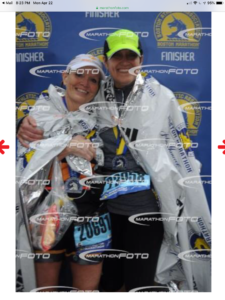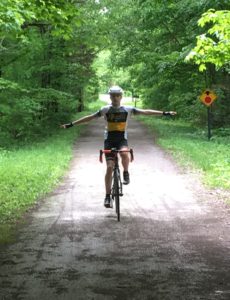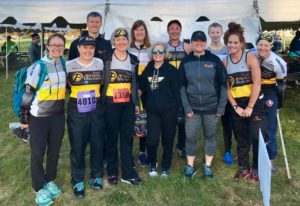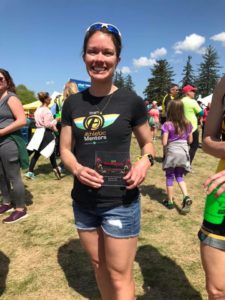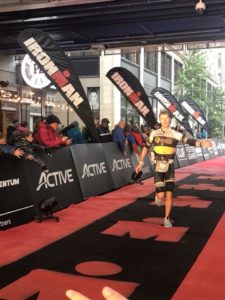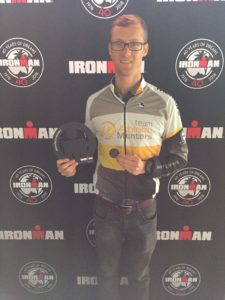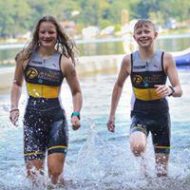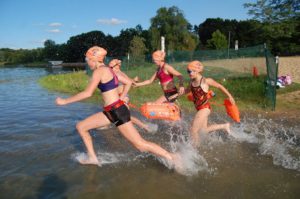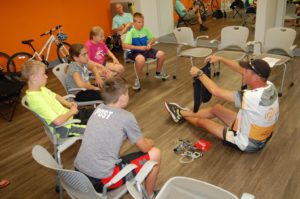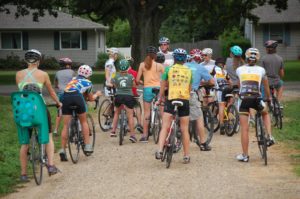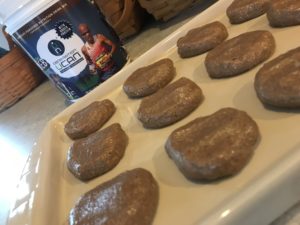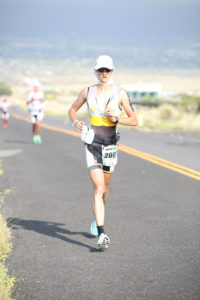By: Jacob Dolecki
I’ve had the pleasure to work with all of the available electronic group sets out there available including: Shimano DI2, Sram Etap 11 TT, and Campagnolo EPS V4. All of the groupsets that I have tried have been for TT and triathlons only so my experiences are limited to only the views from that perspective and not from road cyclists.
Shimano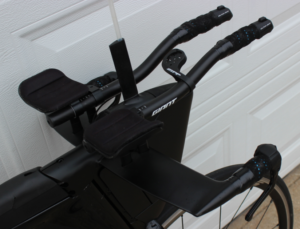
Shimano DI2 – Shimano DI2 is the first thing that you think of when you think “electronic groupset”. It by far has dominated electronic shifting for triathletes. It is cheap, clean, and intuitive. There are multiple settings that you can use: standard, semi-synchro, and full synchronized shifting. They all work as intended and it is fully up to the user for their preference. However, Shimano makes it more difficult to install due to the excess wiring and programming involved. If you decide that Shimano is your best bet, it is highly recommended to take it to your local bike shop. Because Shimano’s DI2 groupset is fully cabled, the weight is far beyond the other two electronic groupsets out there.
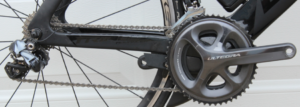 Full synchronized shifting – This is by far my favorite type that Shimano has out there. It gives the user the simplicity of a 1x groupset with the gearing of a 2x. To put it basically, it gives the system full control of your front shifts based on the selected rear gearing that you have. When you shift up or down in the rear cassette, the system will decide if you should be in the big or little chain ring to avoid cross-chain and to provide the smoothest cadence.
Full synchronized shifting – This is by far my favorite type that Shimano has out there. It gives the user the simplicity of a 1x groupset with the gearing of a 2x. To put it basically, it gives the system full control of your front shifts based on the selected rear gearing that you have. When you shift up or down in the rear cassette, the system will decide if you should be in the big or little chain ring to avoid cross-chain and to provide the smoothest cadence.
Standard shifting – Standard shifting is what you think shifting should be: you push your left button and it will move the front derailleur up and down into your different chain rings. The right button will shift the rear derailleur up and down depending on how many times you push the button. It is by far the most simple of the three functions that Shimano supplies.
Semi-syncho shifting – It is similar to fully syncho where the system places you into gearing. However, the key difference is that semi-syncho involves the rear derailleur shifting depending on your front derailleur choice. This setting is mostly around keeping your same cadence to which you supply the system via the E-Tube project App.
| Pros: |
Cons: |
| Pricing |
Installation |
| Availability |
Weight |
| Custom-Ability |
|
| Battery Life |
|
| Ease of Use |
|
Sram
Sram E-tap – Sram revolutionized electronic group sets by making their system fully wireless (for road cyclists that is) with each component having their individual battery. Installation can take as little as 10 minutes because there are no wires to feed through the frame. The only downfalls to Sram Etap is the price and the battery limit.
TT E-tap – Sram’s TT/Triathlon group set incorporates the ease of using E-taps fully wireless front and rear derailleur, and only adding cables for your shifting on your aero bars and brakes. The cables from these components goes to Sram’s BlipBox. The BlipBox is an amazing tool that can be used wirelessly as a temporary shifter when tuning up or installing the groupset. In addition, Sram made it possible to micro-adjust every individual shifting while you ride to make the shifting as crisp as possible. Compared to Shimano DI2 groupset, the shifting is on par, if not a hair better than their flagship Dura Ace. Because it is fully wireless, Sram’s electronic groupset weighs significantly less than its cabled counterparts. With the wireless function, Sram’s battery life is less than Shimano’s or Campagnolo’s. Its charge lasts about 500-600 miles depending on how much you shift. If you are training for a longer race, i.e. ironman or half, you will have to charge the batteries about every other week.
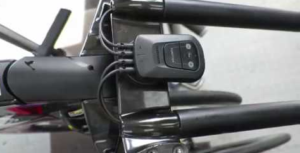
The main shifting is a little different than Shimano’s in that it only uses one button per component. If you want to shift on the front derailleur, you press both buttons at once. It takes some time to get used to, but is super convenient once you are comfortable.
| Pros: |
Cons: |
| Installation |
Battery |
| Weight |
Price |
| Ease of Use |
|
| Shifting |
|
Campagnolo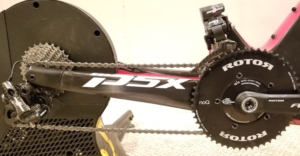
Campagnolo EPS V4: Campagnolo is the unicorn of the electronic shifting community. It is rare and hard to come by – even harder for triathletes. Campagnolo is on their third iteration of their electronic groupset. It made vast improvements over its V3 versions. Most notably, its capability to charge via the Bar End interface, 12 gears, and its Bluetooth/Garmin compatibility. Because it has cables similar to Shimano, its weight is a little heavier than Sram Etap. However, Campagnolo uses titanium and carbon fibre for its flagship Super Record components so the weight and stiffness is far superior to Shimano. However, its price range and excludability leaves most users behind.
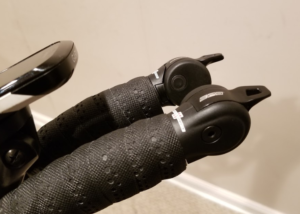 Installation is similar to Shimano but the tuning is a lot easier because of the Campagnolo Mycampy app and micro-adjustment on the shifting levers. The shifting itself is by far the most crisp and precise shifting. It has never once missed a shift even during hard loads. Campagnolo makes the shifts known with an audible click so you know once you shift.
Installation is similar to Shimano but the tuning is a lot easier because of the Campagnolo Mycampy app and micro-adjustment on the shifting levers. The shifting itself is by far the most crisp and precise shifting. It has never once missed a shift even during hard loads. Campagnolo makes the shifts known with an audible click so you know once you shift.
| Pros: |
Cons: |
| Shifting |
Hard to Find |
| Weight |
Price |
| Ease of Use |
|
I hope this information is of value when you are considering your options for electronic groupsets.
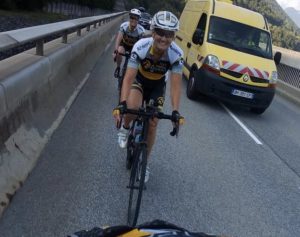 I started to read about some research that has been done. I was surprised to learn from the American Psychological Association that 75% of people in the US feel stressed out. The other two big issues that are contributing factors are unhealthy eating and lack of sleep. This, in turn, leads to one in three having depression.
I started to read about some research that has been done. I was surprised to learn from the American Psychological Association that 75% of people in the US feel stressed out. The other two big issues that are contributing factors are unhealthy eating and lack of sleep. This, in turn, leads to one in three having depression.





